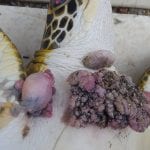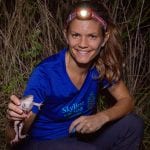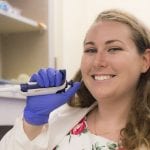Research Area(s)
Immunogenetics, functional genomics, disease ecology, molecular evolution, ecological immunology, population genetics
Research Interests
My research aims to understand the evolutionary potential of natural populations to adapt to changing environments, the diversity of heritable genomic features that can lead to these adaptations, and the relationship between phenotype and genotype when adaptations occur. Ongoing anthropogenic processes such as climate change and the spread of novel infectious diseases impose strong selective pressure for populations to rapidly adapt or go extinct, providing unprecedented opportunities to characterize the genomic requirements for adaptation. Because amphibians and other ectothermic vertebrates are particularly impacted by temperature shifts and emerging diseases, I primarily study adaptation to anthropogenic changes in these taxa. However, I am more motivated to pursue unanswered evolutionary questions than studies of particular taxonomic groups, and I am broadly interested in research questions situated at the interface of disease ecology, population genetics, immunology, genomics, and conservation biology. To investigate these questions within complex natural systems, I aim to integrate field studies, laboratory experiments, ecological models, and genetic and genomic profiling of hosts and their pathogens.



